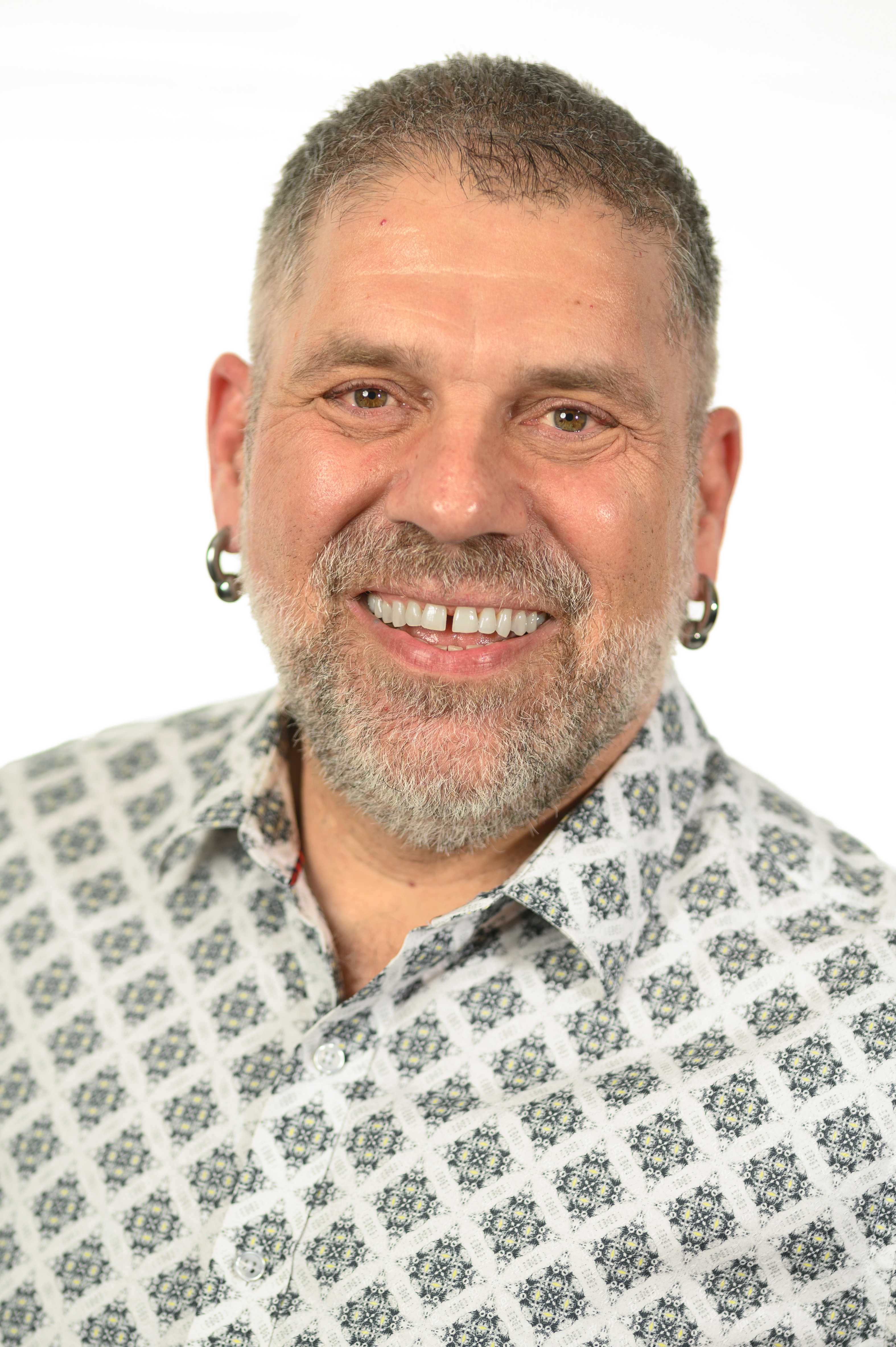Thomas E. Freese (Ph.D. in Clinical Psychology, California School of Professional Psychology, 1995) is currently Director of the UCLA Integrated Substance Abuse Programs (ISAP), and Adjunct Professor in the Department of Psychiatry. Additionally, he serves as Director of Training and Dissemination for the Division of Addiction Psychiatry in the David Geffen School of Medicine at UCLA, Co-Director of the SAMHSA-funded Pacific Southwest (HHS Region 9) Addictions Technology Transfer Center (PSATTC), and Co-PI of the Training and Dissemination contract with DHCS for the Recovery Incentives Program: California’s Contingency Management Benefit. Previously, Dr. Freese served as ISAP Director of Training for 20 years. He has conducted trainings on a wide variety of topics including methamphetamine use, addressing the stimulant and opioid epidemics, medication assisted treatment, culturally responsive care for LGBTQ individuals, implementing integrated treatment, adolescent behavioral health, and implementing evidence based treatment practices. Dr. Freese has been a featured presenter at conferences and meetings, and has developed and conducted trainings across the US and internationally. tfreese@mednet.ucla.edu.
- Occidental College, Los Angeles, CA, B.A., Psychology, 1987
- California School of Prof. Psychology, Los Angeles, CA, Ph.D., Clinical Pschology, 1995
- Training/Technology Transfer
- Methamphetamine
- Adolescence
- Behavioral Treatments
- Lesbian, Gay, Bisexual, and Transgender (LGBT) Treatment
- Freese, T.E., Rutkowski, B.A., Cohen, L., Lee, J.D., Rieckmann, T., Sharpe Potter, J., Smith Connery, H., & Weiss, R. (2011). Prescription Opioid Addiction Treatment Study: Findings and Strategies from a NIDA Clinical Trials Network Study. Trainers Manual and PowerPoint Presentation.}
- Rutkowski, B.A., Gallon, S., Rawson, R.A., Freese, T.E., Bruehl, A., Crèvecoeur-MacPail, D., Sugita, W., Molfenter, T., & Cotter, F. (2010). Improving client engagement and retention in treatment: The Los Angeles County experience. Journal of Substance Abuse Treatment, 39, 78-86.
- Tomás-Rosselló, J., Rawson, R.A., Zarza, M.J., Bellows, A., Busse, A., Saenz, E., Freese, T.E. Shawkey, M., Carise, D., Ali, R., & Ling, W. (2010). United National Office on Drugs and Crime International Network on Drug Dependence Treatment and Rehabilitation, Treatnet. Substance Abuse, 31, 251-263.
- Martino, A., Brigham, G.S., Higgins, C., Gallon, S., Freese, T.E., Albirght, L.M., Hulsey, E.G., Krom, L., Storti, S.A., Perl, H., Nugent, C.D., Pintello, D., & Condon, T.P. (2010). Partnerships and Pathways of dissemination: the National Institute on Drug Abuse—Substance Abuse and Mental Health Services Administration Blending Initiative in the Clinical Trials Network. Journal of Substance Abuse Treatment, 38, S31-S43.
- Ling, W., Jacobs, P., Hillhouse, M., Hasson, A., Thomas, C., Freese, T., Sparenborg, S., McCarty, D., Weiss, R., Saxon, A., Cohen, A., Straus, M., Brigham, G., McLaughlin, P., & Tai, B. (2010). From research to the real world: Buprenorphine in the decade of the Clinical Trials Network. Journal of Substance Abuse Treatment, 38, S53-S60.
- Freese, T.E., Bogenschutz, M., Durham, T., McNicholas, M., Rutkowski, B., Storti, S., Subramaniam, G., & Waters, P. (2009). Buprenorphine Treatment for Young Adults: Findings and Strategies from a NIDA Clinical Trials Network Study. Trainers Manual and Powerpoint Presentation.}
- Freese, T.E., Brigham, G.S., Finnerty, B., Gresham-Morrison, K., Harrer, J.M., McCarty, D. & Storti, S.A. (2006). Short term opioid withdrawal using buprenorphine. Trainers Manual and Powerpoint presentation available at http:/www/attcnetwork.org/explore/priorityareas/science/blendingintiative/index.asp.}
- Shoptaw, S., Reback, C.J., Peck, J.A., Yang, X., Rogheram-Fuller, E., Larkins, S., Veniegas, R.C., Freese, T.E., & Hucks-Ortiz, C. (2005). Behavioral treatment approaches for methamphetamine dependence and HIV-related sexual risk behaviors among urban gay and bisexual men. Drug and Alcohol Dependence, 78, 125-34.
- Freese, T.E., Amass, L., Brigham, G.S., Clare, G., Dixon, G., Finnerty, B., Strain, E., Martin, J., McCann, M.J., Obert, J.L., & Wesson, D. (2005). Buprenorphine Treatment: Training for Multidisciplinary Addiction Professionals. Trainers Manual and Powerpoint presentation available at http:/www/attcnetwork.org/explore/priorityareas/science/blendingintiative/index.asp.}
- Amass, L., Ling, W., Freese, T.E., et al. (2004). Bringing Buprenorphine-Naloxone Detoxification to Community Treatment Providers: The NIDA Clinical Trials Network Field Experience. American Journal of Addictions, 13, S42-S66.
- Freese, T.E., Miotto, K, Reback, CJ. (2002). The effects and consequences of selected club drugs. Journal of Substance Abuse Treatment, 23, 151-156.
- Reback, C. J., Cohen, A. J., Freese, T. E, & Shoptaw, S. (2002). Making collaboration work: Key components of practice/research partnerships. Journal of Drug Issues, 32(3), 837-848.
- Shoptaw, S., Reback, C.J., & Freese, T.E. (2002). Patient characteristics, HIV serostatus, and risk behaviors among gay and bisexual males seeking treatment for methampheramine abuse and dependence in Los Angeles. Journal of Addictive Diseases, 21, 91-106.
- Freese T.E., Obert, J., Dickow, A., Cohen, J., & Lord, R.H. (2000). Methamphetamine abuse: Issues for special populations. Journal of Psychoactive Drugs, 32, 177-182.
